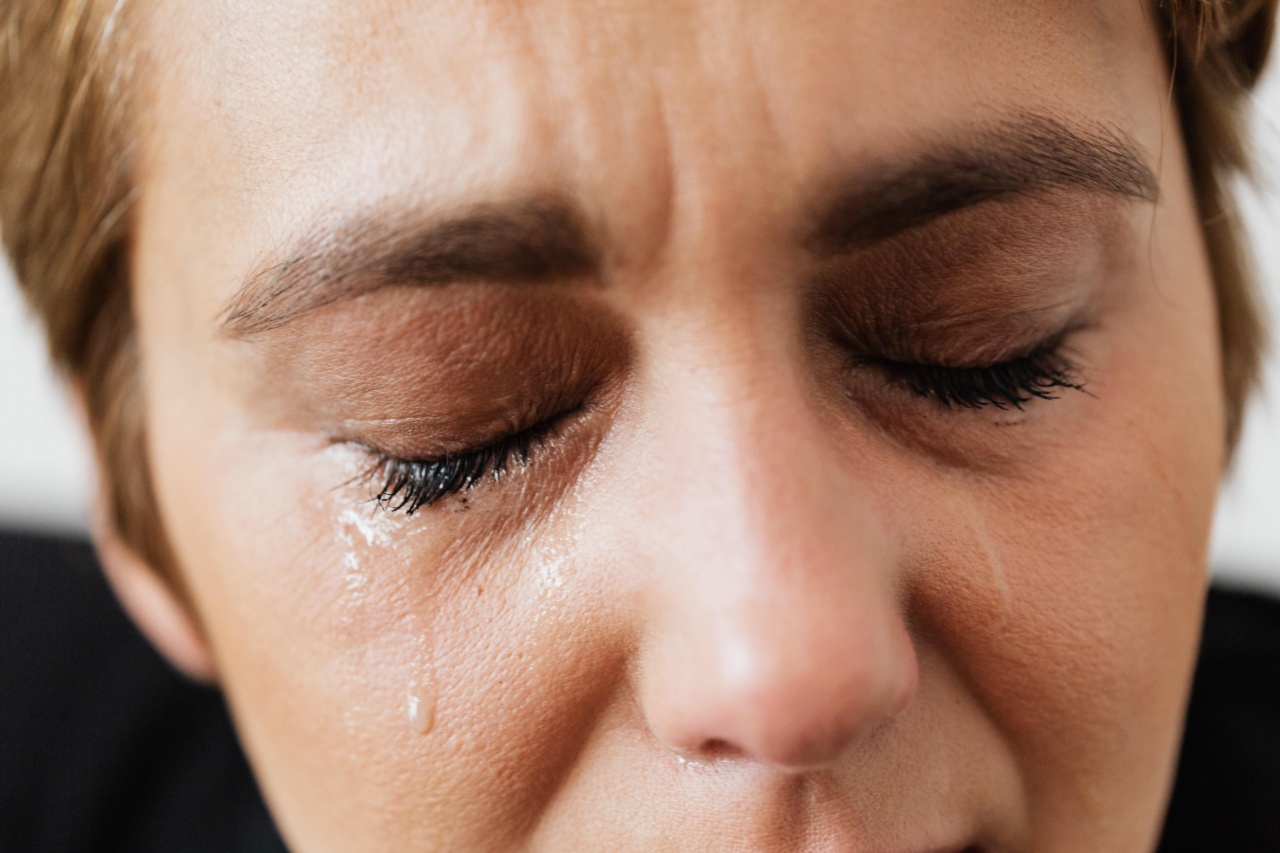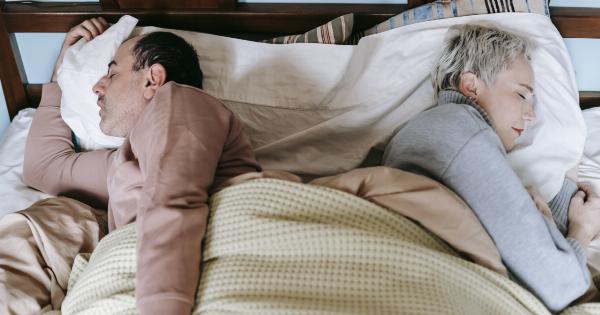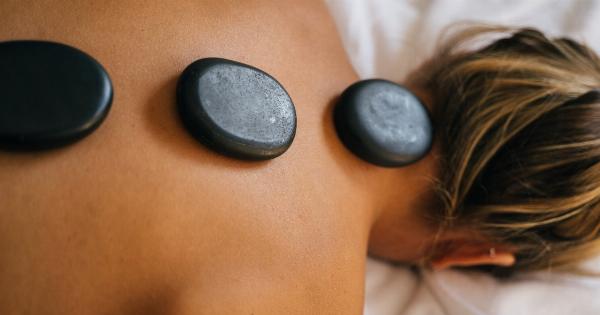Pain in the middle of your back can be very uncomfortable, and it can make everyday life a challenge. There are various reasons why you might be experiencing middle back pain, but two common culprits are the spinal cord and the hip region.
Understanding the difference between spinal and hip-related middle back pain can help you know which steps to take to alleviate your discomfort.
The Spinal Cord and Middle Back Pain
The spinal cord is the main pathway for transmitting signals between your brain and the rest of your body. It runs from the base of your skull to your lower back and has 33 vertebrae—individual bones that are stacked on top of one another.
The middle of your back is the area where the thoracic spine is located.
Common reasons for middle back pain that is caused by spinal problems include:.
- Herniated spinal disc: When the material between the spinal vertebrae (the discs) bulges or ruptures, it can press on the nearby nerves, causing pain.
- Spinal stenosis: A narrowing of the spinal canal that compresses the nerves that run within it, leading to pain, numbness, and weakness in the limbs.
- Scoliosis: A sideways curvature of the spine that can cause uneven stress on the vertebrae, leading to pain.
- Osteoporosis: A condition in which the bone density declines, making the vertebrae more susceptible to fractures and causing pain.
- Pinched nerve: When a nerve in the spine is compressed by nearby bone, muscle, or connective tissue, it can cause pain that radiates to other areas of the body.
- Muscle strains or sprains: Overuse, poor posture, or injury can cause inflammation or injury to the muscles or ligaments in the middle back.
The Hip Region and Middle Back Pain
The hip joint is one of the most important joints in the body, connecting the femur bone to the pelvis. It is responsible for bearing weight, supporting the body’s movement, and allowing mobility.
Sometimes, problems in the hip region can cause pain that is felt in the middle of the back.
Some of the reasons for middle back pain that is caused by hip problems include:.
- Arthritis: Inflammation of the joints in the hip can cause pain that radiates to the middle of the back.
- Sciatica: A condition in which the sciatic nerve, which travels from the lower back through the hips and down the legs, becomes irritated or compressed, causing pain that radiates up the spine.
- Bursitis: Inflammation of the bursae (small sacs of fluid that cushion the joints) in the hip can cause referred pain in the middle back.
- Hip labrum tear: The labrum is a ring of tissue that surrounds the hip joint, and when it tears, it can cause pain that is felt in the middle of the back as well as in the hip area.
- Piriformis syndrome: When the piriformis muscle, which runs from the hip to the lower back, becomes tight or inflamed, it can compress the sciatic nerve and cause pain in the back as well as the legs and hips.
Differentiating Between Spinal and Hip-Related Middle Back Pain
Because the causes of middle back pain can be so varied, it can be challenging to know whether your discomfort is related to your spine or your hip joint. However, there are some specific characteristics that can help you differentiate between the two.
If your pain is related to your spine, you might experience:.
- Pain that is generally localized in the middle back and does not radiate to other parts of the body.
- Pain that is worse when you are sitting or standing and may be relieved by lying down.
- Stiffness or limited range of motion.
- Sharp or stabbing pain that may be exacerbated by certain movements.
- Numbness, tingling, or weakness in the limbs, if a nerve is compressed.
If your pain is related to your hip joint, you might experience:.
- Pain that is felt in the middle of the back as well as in the hip, groin, or thigh areas.
- Pain that is worse when you are moving, particularly when you are walking or standing.
- Reduced range of motion in the hip joint.
- A grinding or popping sensation in the hip joint.
- Numbness, tingling, or weakness in the leg, if the sciatic nerve is affected.
Treatment for Middle Back Pain
The best course of treatment for your middle back pain will depend on the underlying cause. A medical professional can help you determine the best treatment option for you. Some common approaches include:.
- Physical therapy: Strengthening and stretching exercises can help alleviate back pain and prevent future injuries.
- Medication: Over-the-counter pain relievers or prescription medications can help reduce pain and inflammation.
- Injections: Steroid injections can help reduce inflammation and pain in the affected area.
- Surgery: In some cases, surgery may be necessary to correct issues such as herniated discs or spinal stenosis.
- Lifestyle changes: Maintaining a healthy weight, practicing good posture, and avoiding activities that strain the back can all help prevent back pain.
Conclusion
Whether your middle back pain is caused by spinal or hip problems, it can impact your daily life, but there are ways to alleviate your discomfort.
Understanding the differences between spinal and hip-related middle back pain can help you and your medical professional determine the most effective course of treatment for you.























